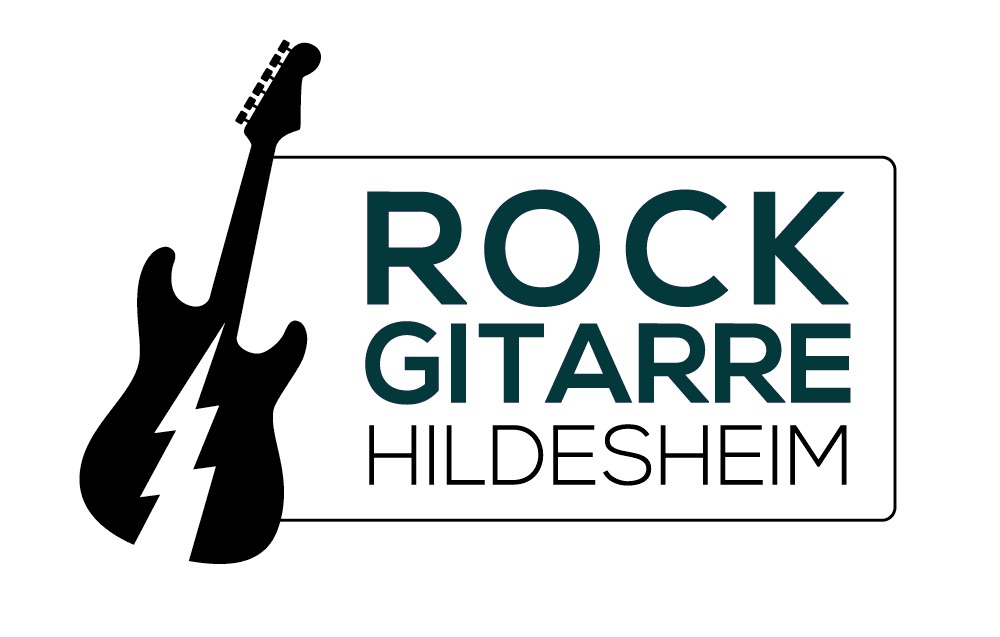Tommaso Zillio
What happens when you pick up your guitar to practice? Are you the kind of person who is constantly creating new interesting melodies, constantly challenging yourself to learn new things, and exploring new sounds? Or are you the type of person to play that same melody or chord progression you came up with for about half an hour and then call it a day? If you want to stop being the latter, keep reading.
If you are someone who plays music, it is very common to go through periods where who feel as though you aren’t capable of creating anything new. This is going to most likely be the case for someone who is brand new to music. If you don’t know much, how are you supposed to create? Once you learn some chords is when you are able to start potentially piecing together your own song little by little, and is also when you first start to feel that creative flow.
However, if a few chords is all you have to work with, there is only so much you can create. This is when you will probably start to feel like you don’t have what it takes. In actuality, your brain is simply bored of repeatedly doing the same thing. I know many musicians who let this state of mind stop them from pursuing music when all they really needed was to learn a bit of theory to keep that creativity flowing.
You may have heard from many nay-sayers that theory stifles creativity. I am here to tell you that is not the case.
It’s these same people who probably view music theory as a list of boring rules that need to be followed. I like to think of it more as a place to go for new ideas and concepts. Pick one theory topic and in it you will find an abundance of new ideas for tunes. I understand why musicians probably aren’t interested in sitting down in front of a heavy book for hours just reading when they could be playing. Though the thing is, that’s not what you should be doing anyway. The best way to learn is by reading a few pages and then picking up your instrument to immediately play around and see how you can apply what you read about.
Let’s look at „sequencing“ for example. This is the concept in which you play the same thing except starting on different notes of a scale. Confused? Don’t worry, I will explain more in depth in the following videos. Often times people will apply sequencing to diatonic scales (such as major and minor scales). However, this concept can also be used on pentatonic scales and chords. How? Watch to find out.
(The following videos can be viewed in any order, so feel free to begin with the one that interests you more!)
Diatonic Scales
Phrases on a diatonic scale is what sequencing was originally applied to. You can hear examples of how this sounds at about 6:00 in this video. I also go more in depth on this subject on my „Master of the Modes“ course.
Applying Sequencing To Pentatonic Scales
You will be able to hear right away why so many people use the concept of sequencing on pentatonic scales. Use it to create a signature rock lick, or to find your own style with it:
Chords
Need a new chord progression to write a song with? Then I would recommend applying the concept of sequencing to chords. Watch the following video to find out how to do this:
Next Step
Take your time with all this. Find one or two of your favourite concepts that I talked about and enjoy the process of learning. If you are looking to continue learning more, check out my website or feel free to email me!
About the Author A professional guitarist, teacher, and composer, Tommaso Zillio enjoys particularly writing about music theory and its application to guitar playing. Subscribe to his YouTube channel for more videos.
